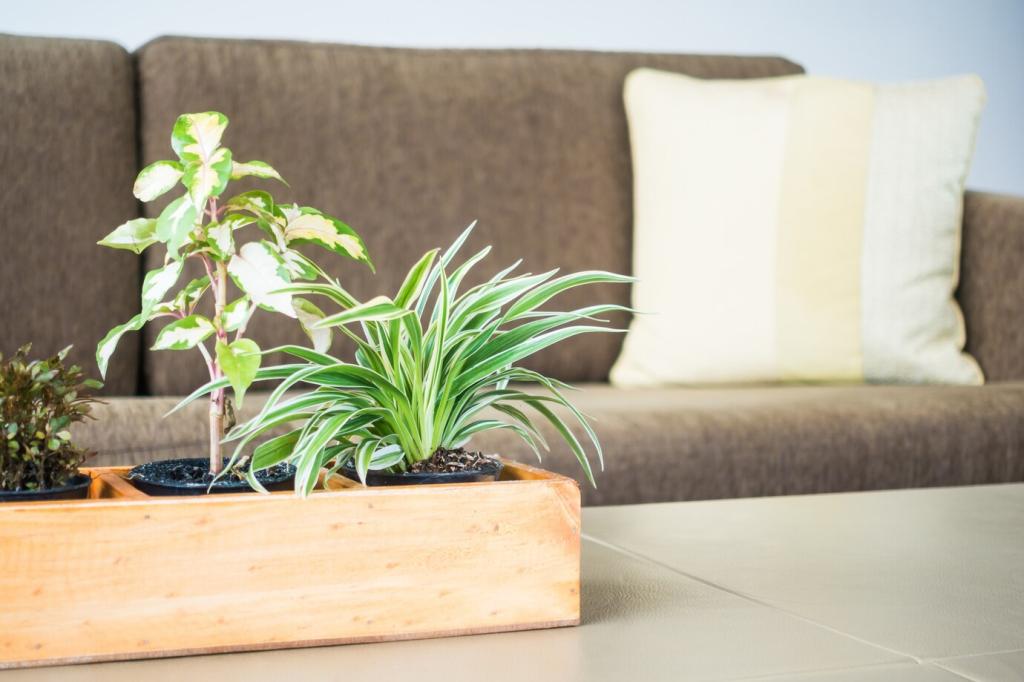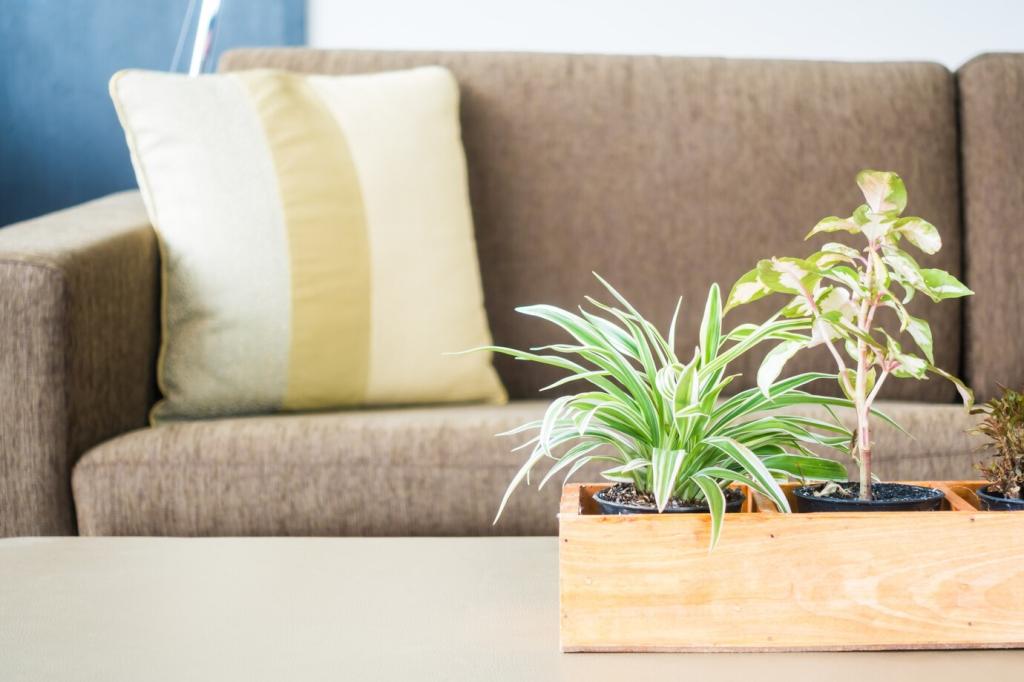Sustainable Furniture Choices for Green Living
Discover how making mindful furniture choices can contribute to a healthier planet and a more eco-friendly lifestyle. Sustainable furniture not only reduces environmental impact but also supports ethical production and long-term well-being. Explore the world of green living through thoughtful selection, materials, and care for your home’s furnishings.

The Importance of Sustainable Furniture
Sustainable furniture is designed to limit negative impacts on the environment, from the sourcing of materials to disposal. Responsibly harvested woods, recycled content, and non-toxic finishes decrease natural resource depletion and greenhouse gas emissions. When you opt for eco-friendly options, you help conserve biodiversity in forests, protect water sources from pollutants, and reduce landfill contributions due to the enduring nature of these products. This mindful approach to furniture selection is crucial as the planet faces mounting challenges with resource scarcity and pollution.


Previous slide
Next slide
How to Identify Truly Sustainable Furniture
Recognizing Authentic Certifications
Third-party certifications like FSC, GREENGUARD, and Cradle to Cradle are valuable indicators of a product’s environmental credentials. FSC ensures responsible forest management, GREENGUARD certifies low chemical emissions for better indoor air quality, and Cradle to Cradle assesses products for safe material reutilization. Verifying the presence and validity of these certifications on furniture labels provides a reliable method to differentiate authentic eco-friendly products from misleading claims, helping you make responsible choices with confidence.
Investigating Brand Transparency
Ethical furniture brands provide detailed information about their sourcing, production methods, and labor practices. Look for brands with clear, readily available impact reports and transparent supply chains. The most reputable companies are open about challenges they face and the progress they are making towards greater sustainability. Brands committed to ongoing improvement tend to use renewable energy in manufacturing, minimize packaging, and foster long-term relationships with suppliers. Complete disclosure signals true dedication to environmental and social responsibility.
Evaluating Longevity and Repairability
One aspect of sustainability often overlooked is the durability and ease of repair in furniture design. High-quality craftsmanship ensures pieces last for decades, reducing the frequency of replacement. Some brands facilitate repairs by offering replacement parts and modular components, making it easier to update or fix items rather than disposing of them. By analyzing construction methods, available support services, and warranties, you can prioritize furniture that stands the test of time, further lessening your ecological footprint.
